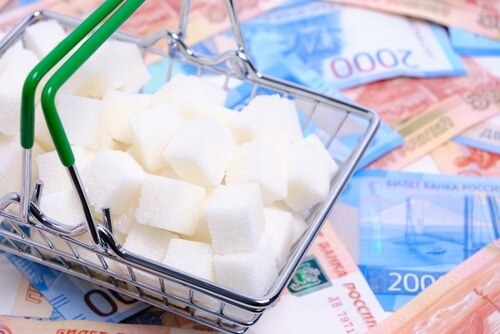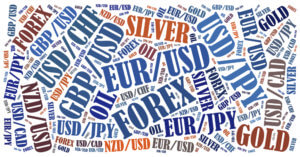On Monday, sugar prices rose amid concerns that excessive dryness in Brazil will reduce its production.
Sugar contacts prices for July delivery increased by 3.51% to $19.76 a pound in the Asian afternoon session.
Record heat in Thailand could potentially cause adverse effects on its sugarcane crops, amplifying the sweetener’s cost.
In addition, the country’s Meteorological Department reported that over three dozen of its 77 nations experienced record-high temperatures this month.
Brazilian real strength also supported commodity prices. The Brazilian real rallied to a two-week high against the dollar, weakening export sales from its sugar producers.
Moreover, India’s 2023/24 output from October to April declined by -0.50% year-over-year to 31.09 metric tons. As a result, more mills shut down for the year and closed their sugarcane crush.
On the bearish side, the Indian 2024 monsoon period is reportedly expected to be 106.00% of the long-term average of 87 centimeters. This could support production but weigh on prices.
Another disadvantage for its prices is Brazil’s crop agency’s projection of higher production to a record 46.292 million metric tons (MMT). Its 2024/25 acreage went up by 4.10% to 8.7 million hectares, the highest in seven years.
However, Conab, a prominent Brazilian company, cut its sugar production estimate by -2.60% to 45.7 MMT, lower than November’s estimate of 46.9 MMT.
Mondelēz and Hershey to Face High Sugar Price-Backlash
As Q1 2024 results approach, higher cocoa and sugar prices can cause a consumer price-hike backlash against Mondelēz International and Hershey. Investors are watching both companies as they face the ongoing rise in the prices of their main ingredients.
Drought and crop disease led to falling supplies, which amplified prices. Additionally, sugar prices have increased in the past few months.
Meanwhile, the amplified costs of both ingredients resulted in chocolate makers promoting non-chocolate products, as the treat’s high prices balked shoppers.
According to analysts, many are eyeing how consumers will face the current cost of chocolate and the companies’ decision-making for future prices.











